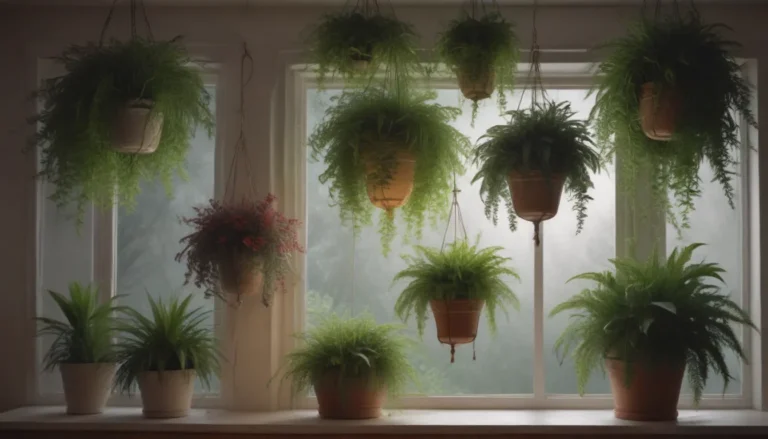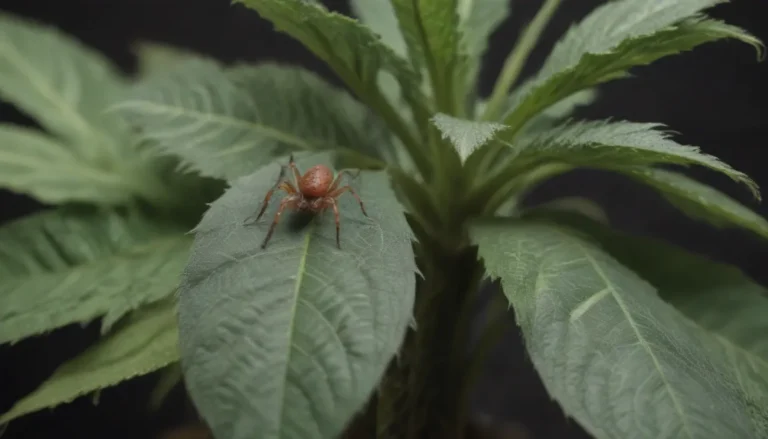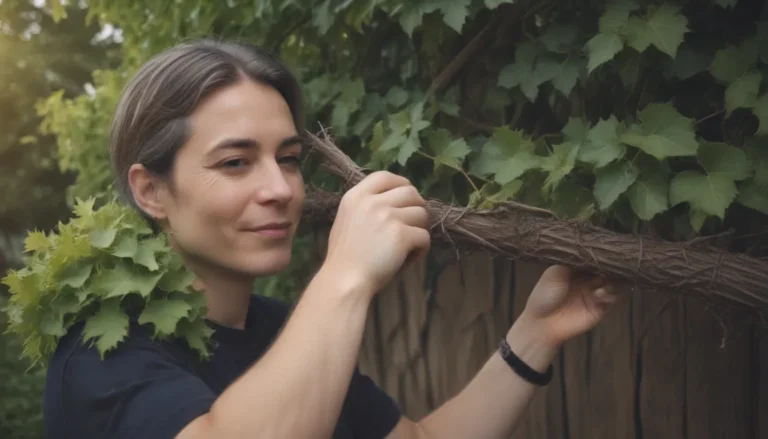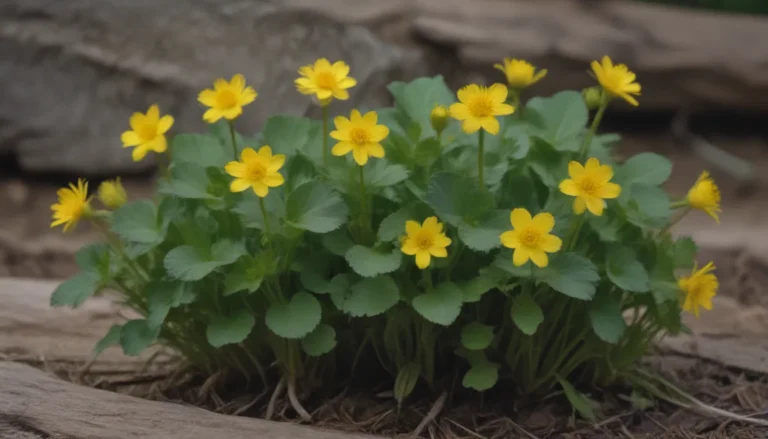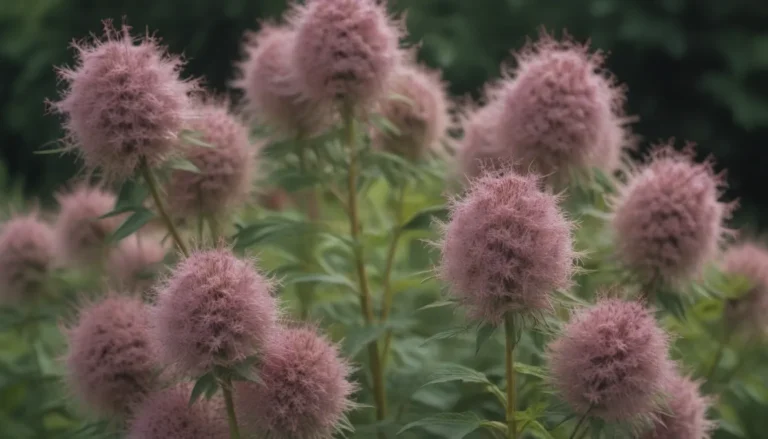The Ultimate Guide to Growing and Caring for Philodendron Mamei
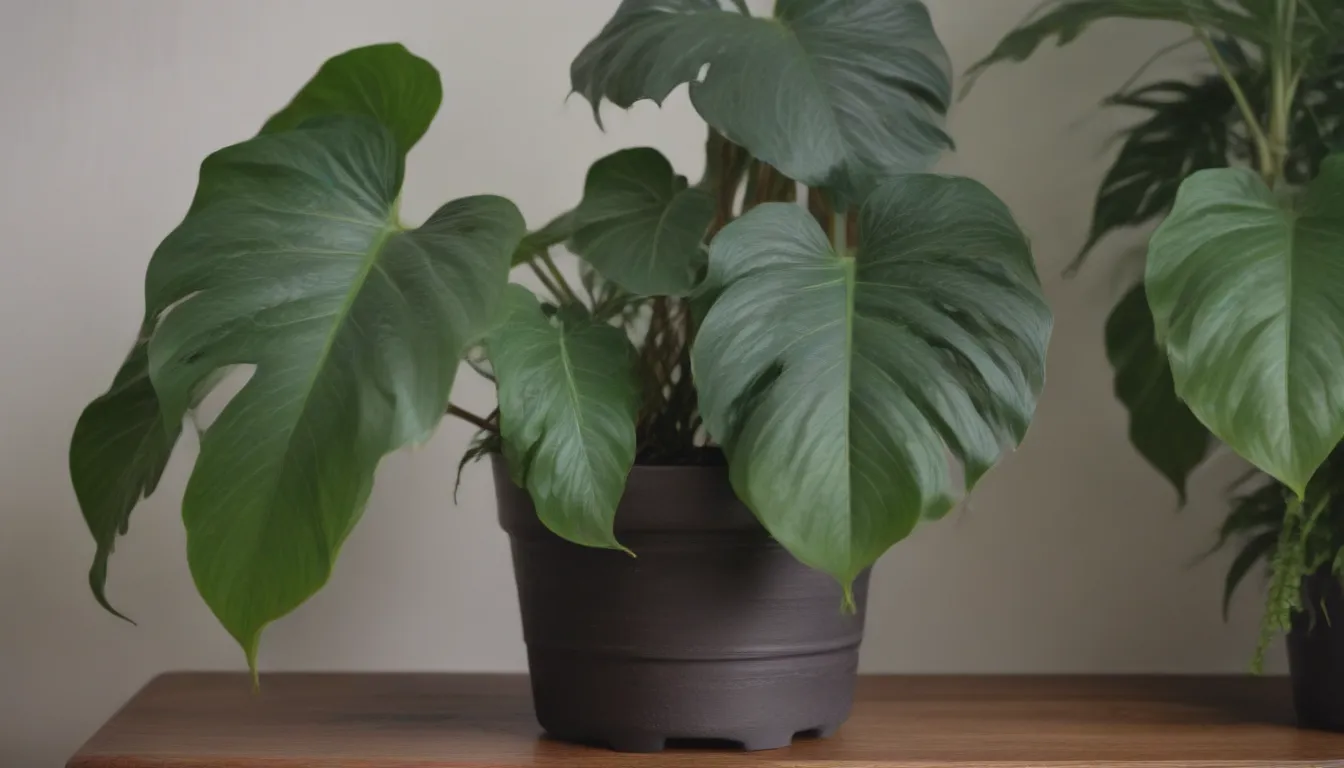
Welcome to the ultimate guide on growing and caring for the stunning Philodendron mamei plant! If you’re a houseplant enthusiast looking to expand your collection with a unique and beautiful addition, the Philodendron mamei is sure to capture your attention. Known for its large, heart-shaped variegated foliage with striking silver streaks and deep veins, this plant is a standout in any indoor tropical jungle.
In this comprehensive guide, we’ll explore everything you need to know to successfully care for your Philodendron mamei, from light and soil requirements to watering, fertilizing, pruning, propagating, and more. Let’s dive in and unlock the secrets to growing a healthy and thriving Philodendron mamei plant in your home!
Philodendron Mamei Care Tips
Here are the essential care requirements to keep your Philodendron mamei happy and flourishing:
Light
In their natural habitat, Philodendron mamei plants thrive on the dappled light that filters through rainforest canopies. To mimic these conditions in your home, place your plant in a spot that offers bright, indirect light. Position it near an east or west-facing window, or use a sheer curtain to filter sunlight from a south-facing aspect. Remember to rotate the plant regularly to ensure even growth.
Soil
When it comes to soil, opt for a well-draining aroid potting mix for your Philodendron mamei. If you prefer to create your own mix, combine equal parts of orchid bark, perlite, and peat soil. Adding a bit of gravel can further enhance drainage and prevent waterlogging.
Water
While Philodendron mamei plants are not drought-tolerant, it’s essential to avoid overwatering, as this can lead to root rot and other issues. Water your plant deeply once the top few inches of soil have dried out. Instead of following a strict watering schedule, check the soil moisture regularly to determine the right timing for watering.
Temperature and Humidity
Maintain warm, humid conditions for your Philodendron mamei, making it an ideal plant for bathrooms with sufficient light. Humidity levels between 50 to 70 percent are optimal for this tropical plant. Consider using a humidifier to ensure the plant receives adequate moisture. Keep the temperature between 65 to 80 degrees Fahrenheit, avoiding drafts and temperatures below 55 degrees.
Fertilizer
Philodendron mamei plants are moderate feeders and benefit from fertilization during the spring and summer growing seasons. Use a diluted, slow-release or water-soluble fertilizer to promote lush, glossy foliage. Organic options like fish emulsion can also be effective for feeding your plant.
The Art of Pruning Philodendron Mamei
Pruning your Philodendron mamei is a straightforward process that involves removing dead or dying leaves to promote healthy new growth. If you prefer a more compact, bushy appearance, consider trimming leggy stems in the spring or summer to encourage new growth and propagation.
Propagating Your Philodendron Mamei
Philodendrons, including the Philodendron mamei, are easy to propagate through stem cuttings. Follow these steps during the plant’s active growth period in spring or summer to propagate new plants for yourself or to share with friends.
- Select a healthy stem cutting with at least one node.
- Place the cutting in water or a well-draining potting mix.
- Keep the cutting in a warm, humid environment.
- Monitor root growth and transplant into a new pot once roots have developed.
Potting and Repotting Guidelines for Philodendron Mamei
Knowing when to repot your Philodendron mamei is crucial for its health and growth. Look for signs like roots protruding from drainage holes as an indication that repotting is necessary. Choose a pot only slightly larger than the current one to avoid overwatering. Ensure the new pot has adequate drainage to prevent waterlogging.
Dealing with Pests and Plant Diseases
While the Philodendron mamei is relatively resistant to pests and diseases, it’s essential to watch out for common issues like fungus gnats and spider mites, especially in high-humidity conditions. Regularly inspect your plant for signs of infestation and treat promptly with water sprays or insecticidal soap.
Troubleshooting Common Problems
Even with proper care, you may encounter challenges when growing Philodendron mamei. Watch for the following common issues and make adjustments to improve your plant’s health:
Yellow Leaves
Yellowing leaves can indicate underwatering, overwatering, lighting issues, or pest infestations. Adjust your care routine accordingly to address the root cause of leaf discoloration.
Curling Leaves
If the leaves of your Philodendron mamei start to curl, it may be a sign of thirst or overfertilization. Check the soil moisture and adjust your watering practices to keep the plant hydrated.
Brown Tips
Brown leaf tips can result from low humidity, excessive sunlight, fungal infections, or poor watering practices. Maintain optimal humidity levels, provide indirect light, and water the soil rather than the leaves to prevent leaf damage.
Fun Facts About Philodendron Mamei
- Philodendron mamei ‘Silver Cloud’ is a cultivar with distinct characteristics compared to the original species. It features rounder, rougher foliage and a more silvery stem.
- In its native habitat, the Philodendron mamei exhibits a crawling habit, but it can be trained to climb a moss pole or trellis as a houseplant.
- Philodendron mamei plants have a moderate to fast growth rate, typically reaching up to 3.5 feet indoors.
In conclusion, caring for a Philodendron mamei can be a rewarding experience for any plant enthusiast. By providing the right light, soil, water, and maintenance, you can enjoy the beauty of this unique plant in your indoor space. Remember to observe your plant regularly, address any issues promptly, and enjoy watching your Philodendron mamei thrive and grow!
Remember, proper care and attention are essential for the health and well-being of your Philodendron mamei. With the right knowledge and a little effort, you can create the perfect environment for this stunning plant to flourish in your home. Happy growing!
